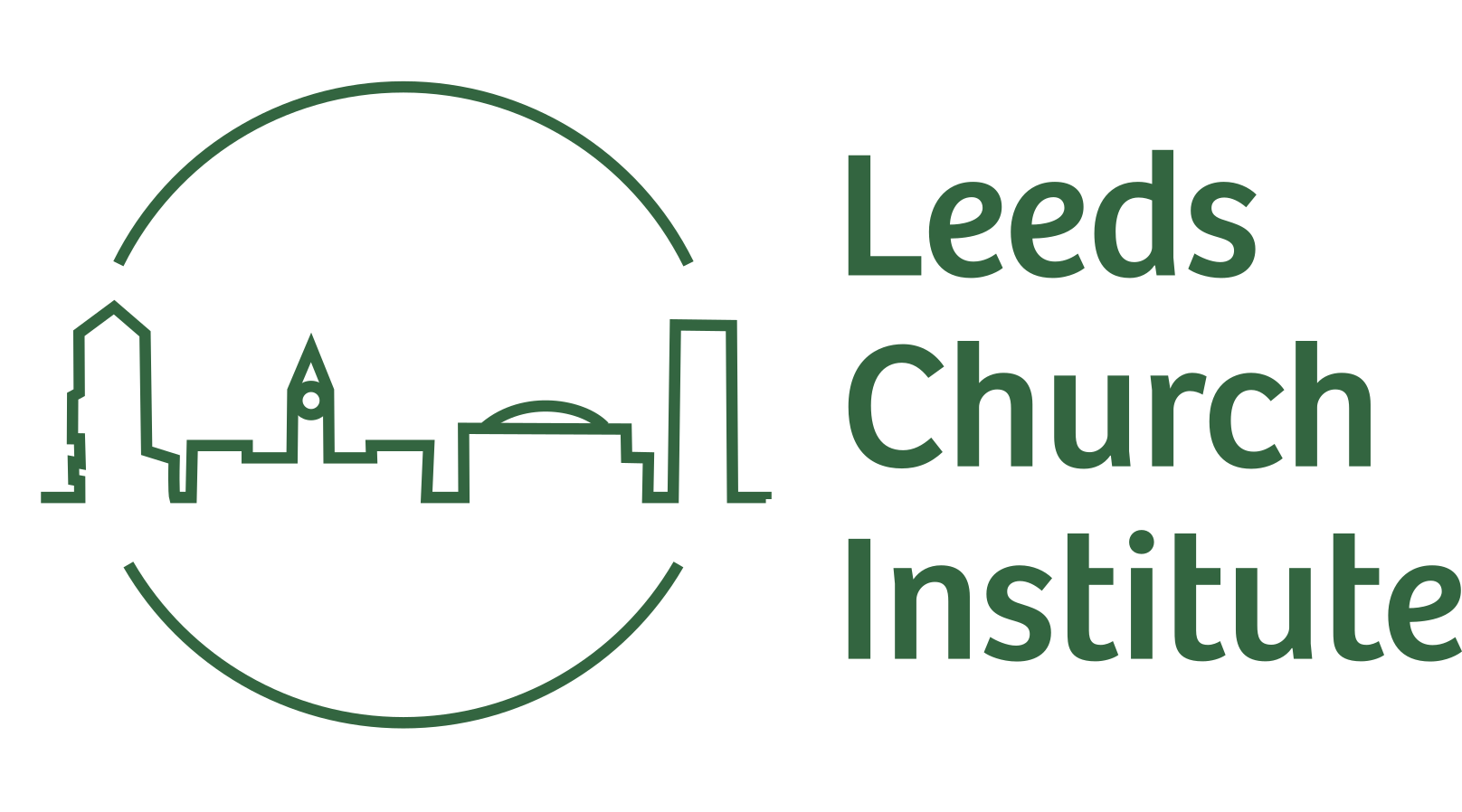 Bronagh Daly reflects on her visit to Ribbons, the new sculpture outside Leeds Playhouse
Bronagh Daly reflects on her visit to Ribbons, the new sculpture outside Leeds Playhouse
As the Faith and Creativity Lead at Leeds Church Institute, my role is to utilise the fine arts to support theological dialogue here in our city on some of the hardest to talk about social injustices.
I wanted to visit Ribbons, a huge public sculpture, 5m (16ft) high, created by Leeds-based artist Pippa Hale. It comprises five steel ribbons engraved with the names of almost 400 women. Located outside Leeds Playhouse in Quarry Hill, Ribbons was officially revealed by chancellor Rachel Reeves last month, and I wanted to search for the names of women of faith who have given so much to our city’s social justice movements over the years.
I invited Diane Webb and Ursula Wyatt, who have both been instrumental in the delivery of last year’s art theology programme through the Creativity Catalyst retreats. Inspired by the seed of an idea that local artist Janet Freckleton and I developed called “Wisdom: Rooted in Place”, we decided to meet with LCI Communications Manager Emma Temple to capture our reflections.
Ursula
“Ribbon symbolism has become a common way to unite people together to show your support for a particular cause. We came together today in taking time to meet at the Playhouse, to view the Ribbons sculpture and share in a common way our experience as women of wisdom, working in different roles across the city. As I reflect, I am confident our names are joined in spirit with these women of wisdom, named here on this sculpture. We, too, will leave a legacy of our own as we move through our daily lives, inspiring other women along the way. I am reminded of the scripture that tells us, He chose you when He planned creation (Ephesians 1:11-12), you are not a mistake (Psalm 139:15-16), He brought you forth on the day you were born (Psalm 71:6), and his thoughts towards you are countless – like the grains of sand on the shore (Psalm 139:17-18). You are really, truly, deeply loved by God.”
Bronagh
“As I walk around looking for key Leeds women of faith and those who have worked tirelessly for social justice, I find Gloria Hanley, Emily Zobel Marshall, Annie Connolly, Wendy Ali, Patricia Farrell, Norah Gibson, Christine Majid, Anna Dyson and Farhat Yaqoob. As I walked around the sculpture, feeling the strength of the steel, I had a sense of the ribbons binding all these women (and the four of us) together whilst we searched for the names of the women we admire. I reflected on Paul’s writings to the Colossians 3:14, “And above all these virtues put on love, which binds everything together in perfect harmony”, and could hear the tune from my childhood in my head: ‘Bind us together, Lord – with chords that cannot be broken’. In that moment, I felt blessed to share a time of unity bound together by our Pentecostal, Anglican and Catholic faith traditions”
Diane
“The sculpture makes me think of the struggles we all have in our day-to-day lives. The metal signifies the strength of a woman, as well as all those names on the ribbon.
Virtue – as Proverbs 31:10 calls us, this is the very core and strength of a woman.
Freedom – the ribbon and its flare expresses their liberty as it spreads all around their vision, spoken of in Habakkuk 2:1-2, as we also make our vision a reality.
We are the Deborah of today, just like the women spoken of in Judges 4:4, who spoke out and were used as a vessel for God.”
Emma
“When we saw Ribbons up close, I was struck by the material used – strong, rough steel isn’t usually associated with narratives about women. But when I looked at the names and reflected on the stories of the people behind the artwork, it was the perfect illustration of the boldness and grit of the women of our city.
When I think of Emily Carrigan who pioneered the community café at my church in Hyde Park, and Farhat Yaqoob who has grown spaces of unity in the face of division at the University of Leeds – these women are changing lives through their unshakeable determination to keep kindness at the heart of our city’s life. We’re following in the footsteps of Sarah, Deborah, Jael, Mary, and thousands of saintly women through the history of the Church living out holy strength and fierce love in our everyday actions.
When we looked closer, we could see the steel sculpture had been marked by the rain to create organic, shimmering patterns on its surface. They reminded me of the stretch marks carried by so many women, permanent imprints of the toll it takes when new life is birthed. Women stretch and mould ourselves in ways that often go unseen, to care for the people around us. It was beautiful and moving to spend time as four women of faith, taking in this ode to our sisters, mothers, aunties and friends who inspire and nurture us in their strength and their vulnerability.”

